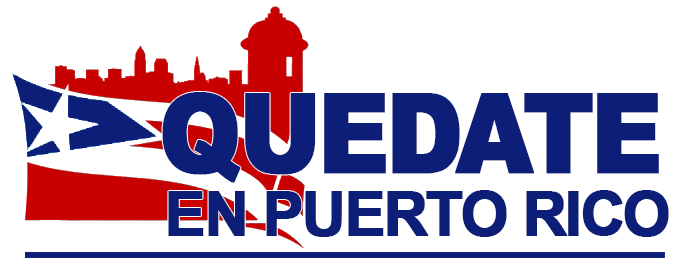
Music in Puerto Rico
The Sounds of the Island
From the minute you get off the plane, music fills the air. It's a keystone of Puerto Rican culture and entertainment
From the minute you get off the plane, music fills the air. It's a keystone of Puerto Rican culture and entertainment — whether you’re walking the streets of San Juan, celebrating at a small-town festival, or spending a day at the beach. So here’s a quick primer on what you'll be listening to during your stay in Puerto Rico.
The people of the island have shaped their culture through many centuries of music and dance, and many famous hijos de la isla have proudly sung about their love for the island worldwide. Some examples of this are the legendary tenor Antonio Paoli and Grammy award-winning pianist Eddie Palmieri, as well as pop and urban influences Ricky Martin and Daddy Yankee, among others.
Besides its drumming, Puerto Rico is also home to several other instruments that derive from Spanish traditions, like the requinto, a smaller version of the classic guitar; the cuatro, that also derives from the same Spanish instrument; and the bordonua, another string instrument native to Puerto Rico.
These are five of the main styles of music you'll hear while you're on the island.
Salsa
This is a style of dance music popularized in New York City during the 1960s by Cuban and Puerto Rican musicians. The base of salsa is Cuban son, a style of music that combines Spanish popular songs with Afro-Cuban percussion. It has sub-genres like salsa romántica (romantic salsa), which has a slower, softer sound, and salsa gorda or dura, a style which has a fast, driving beat and long instrumental segments.

El Gran Combo de Puerto Rico
Salsa exploded in the US in the late 1960s and throughout the 70s in the Caribbean medley that was New York City. Bands formed mainly of Latinos like Celia Cruz, Rubén Blades, Johnny Pacheco, Machito and Héctor Lavoe became popular household names thanks largely to the creation of the Fania record company.
Some of the best-known salsa performers and composers from Puerto Rico or of Puerto Rican descent include Tite Curet Alonso, Ray Barretto, Héctor Lavoe, Cheo Feliciano, Willie Colón, Gilberto Santa Rosa, Ismael Rivera, Andy Montañez, Roberto Roena, Richie Ray and Bobby Cruz, El Gran Combo de Puerto Rico, La Sonora Ponceña, and many others.
Merengue
A style of danceable music that originated in the Dominican Republic and spread throughout Latin America and the United States, including Puerto Rico. Merengue típico or perico ripiao, is the traditional style that uses string instruments like guitars and bass, accordion, conga, and other drums, and can be either fast-paced with a marching dance step (known as merengue derecho) or slower-paced with syncopated rhythm (known as pambiche).
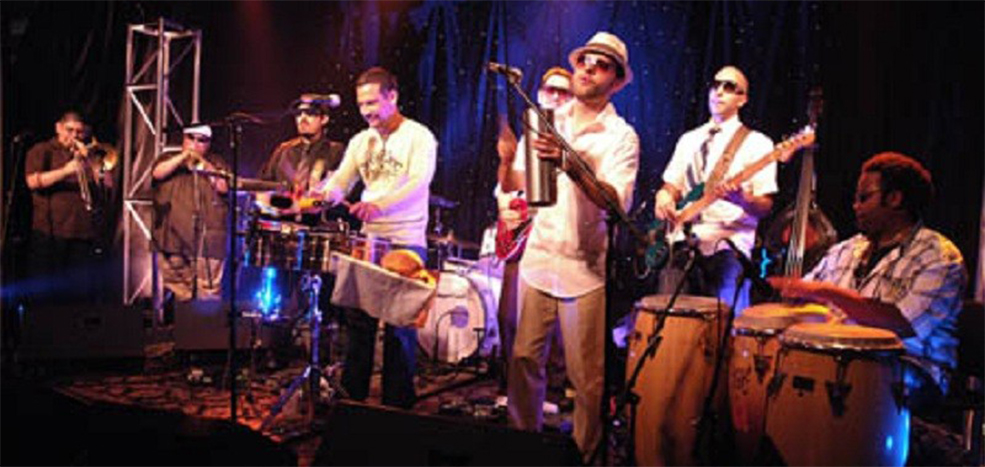
Merengue in Puerto Rico
There's also merengue de orquesta or big band merengue which is also a popular style to dance to and incorporates more instruments. Popular merengue performers from Puerto Rico include Elvis Crespo, Olga Tañón, Gisselle, Manny Manuel, Grupomanía, Limi-T 21, and more.
Bomba
Bomba is a traditional style of Puerto Rican music and dance that reflects the African heritage of the island. The musicians use three instruments: maracas, cuá (two wooden sticks), and the bomba barrel, which is a large drum played with the hands.
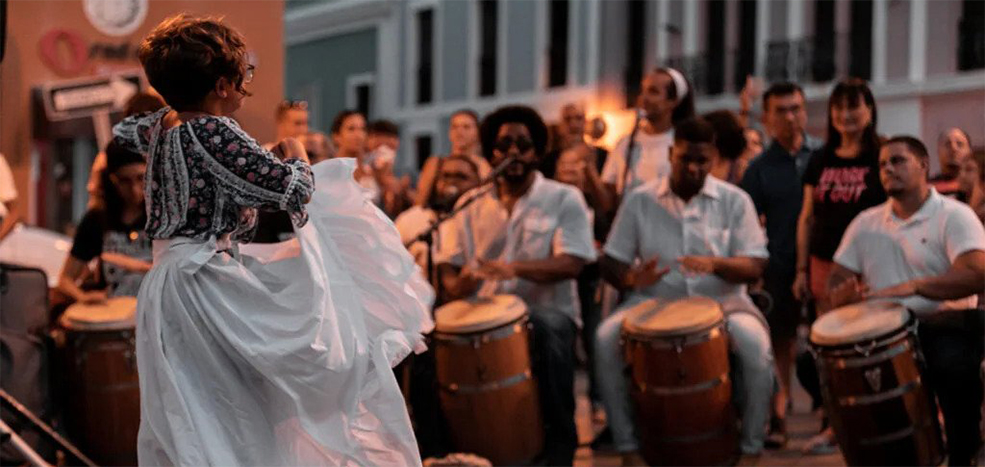
LA Bomba Puertorriqueña
There is an active interaction between the dancer, the percussionists, and the singer. The drums have a hierarchy, with one being the Primo Barrel which marks the rhythm that the dancer is stepping to, and the Buleador drum which follows that rhythm. The dancer provides piquetes, or improvised bomba steps, using her body and skirt (or just his body if the dancer is male) which challenge the Primo Barrell to keep up with her. The singer marks the length of the song and plays the maracas. The performance is a dialogue between musicians and dancers.
Plena
Plena is another genre of music that originated in Puerto Rico with African, Spanish, and Caribbean influences. The traditional instruments include panderos (hand drums of different sizes), guitar, cuatro (a small guitar), accordion, and often brass instruments like trumpet and saxophone.
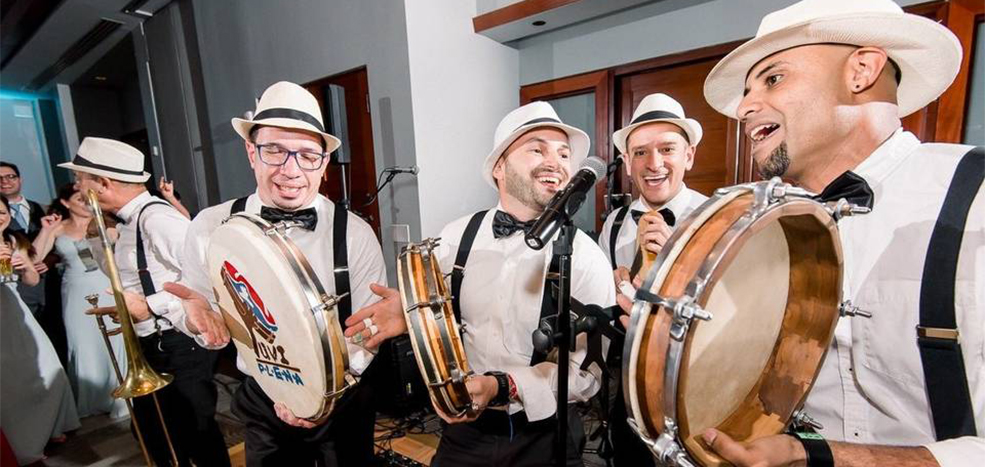
La Plena de Puerto Rico
For decades, this was considered folk music and in rural communities it was called the "sung newspaper" since the songs would tell about recent news or gossip in the town. Like bomba, the style nearly died out in the mid-twentieth century, but was kept going by folk music groups that would perform during the holidays. Bomba and plena had a resurgence recently and many contemporary Latin music artists have recorded plena songs. There are even modern plena bands which can often be heard at town festivals and events like Plenéalo, Plena Libre, Viento de Agua, Pleneros del Más Allá, Pura Plena, and others.
Reggaetón
Reggaetón is an urban music genre that fuses hip hop with Latin American and Caribbean styles of music and which originated in Puerto Rico in the 1990s. Songs include both rapping and singing with a driving, pulsing beat.
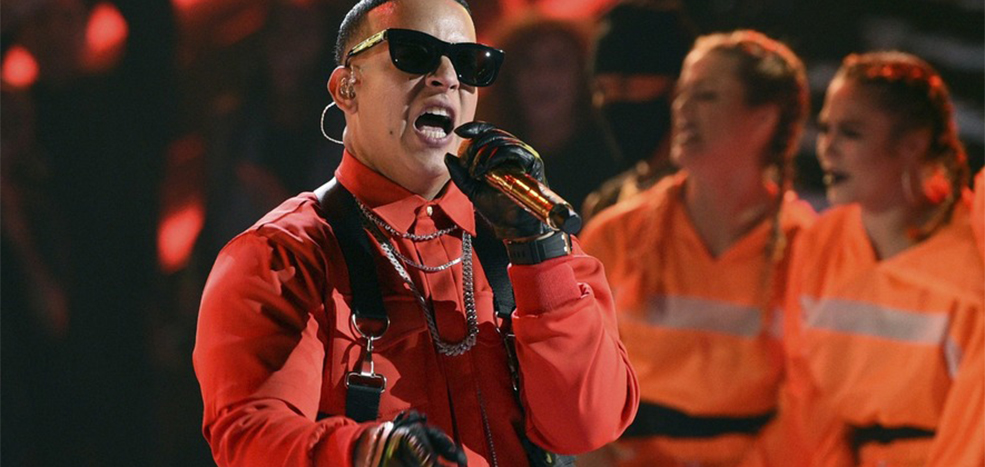
Daddy Yankee
Some more experimental tracks incorporate musical styles like reggae, bachata, merengue, and cumbia. The contents of the song are often a source of controversy, focusing on sex, drugs, violence, and love. Famous reggaetón artists include Daddy Yankee, Wisin y Yandel, Don Omar, Ivy Queen, Calle 13, Tito El Bambino, Nicky Jam, Tego Calderón, Alexis y Fido, Luny Tunes, and many others.
Reggaetón also influenced the development of Latin Trap music, led by Bad Bunny, Ozuna, De la Ghetto, and Anuel AA, which fuses mainstream trap with reggaetón beats and lyrics in Spanish.
You May Also Like
-

06 Jul 2022
Puerto Rico Videos -

07 May 2022
Best Family Friendly Activities -

30 Apr 2022
Best Hiking Trails in Puerto Rico -

29 Apr 2022
Food Trails and Culinary Adventures -

29 Apr 2022
Puerto Rican Cocktails & Drinks -

28 Apr 2022
Landmarks and Iconic Places -

27 Apr 2022
Puerto Rican Traditional Dishes -

26 Apr 2022
Events and Festivals in Puerto Rico -

25 Apr 2022
The Musical Sounds of the Island -

25 Apr 2022
Art Museums in Puerto Rico -

24 Apr 2022
Puerto Rico Natural Wonders -

17 Apr 2022
Best Beaches in Puerto Rico -

17 Apr 2022
The Best Spots for Watersports -

10 Feb 2022
Puerto Rico – Island of Enchantment -

01 May 2018
Where to Surf in Puerto Rico
